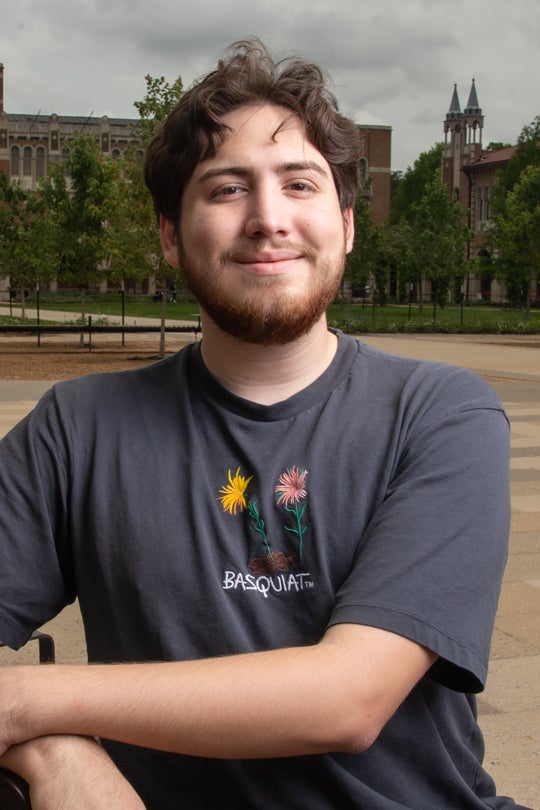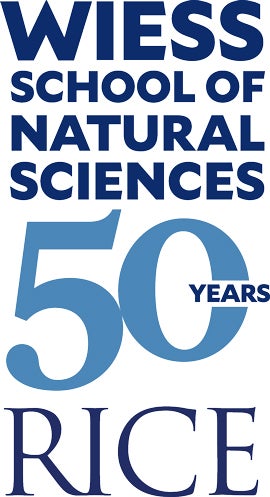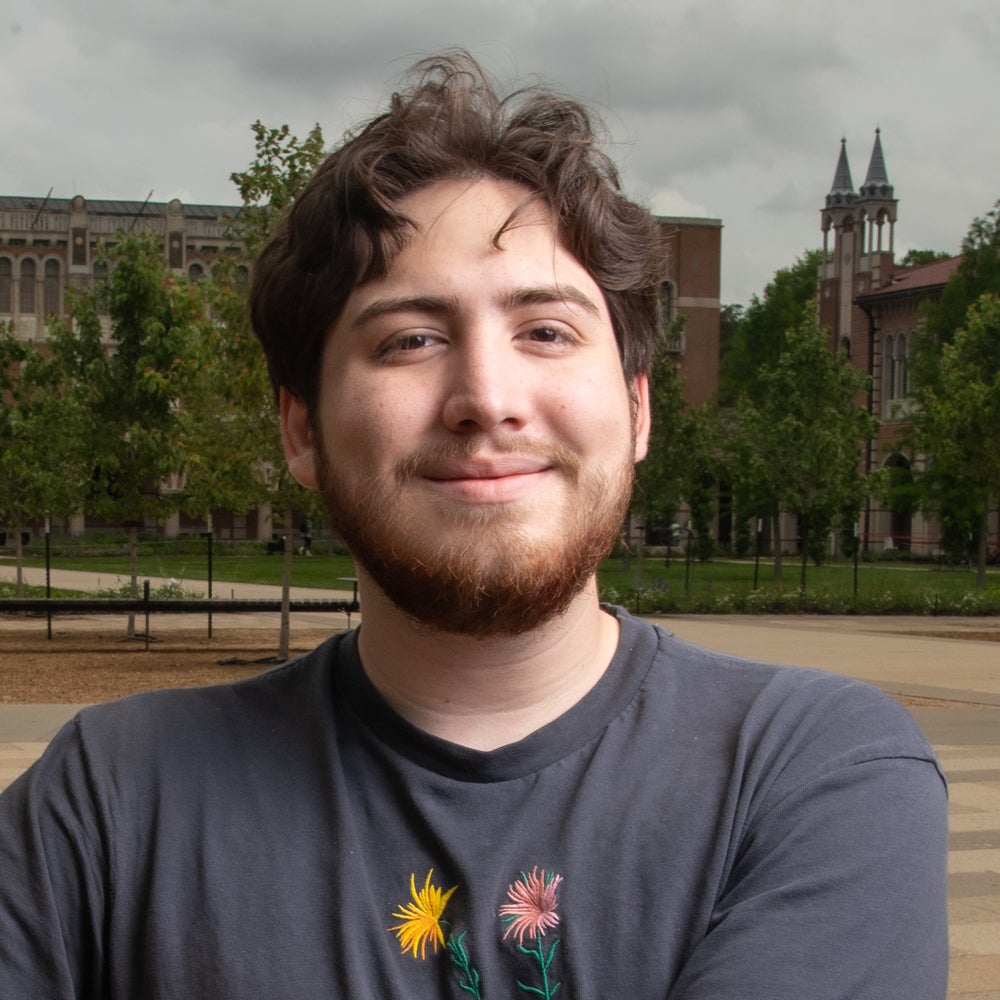
For Alejandro Lopez, math has never been about easy answers. In fact, it’s the difficulty that drew him in. “The thing that draws me to math is maybe how much it’s challenged me more than other subjects,” he said. “Struggling again and again, and then that moment of finally understanding, I think the payoff is just worth it.” It’s a mindset that took hold early in his time at Rice, especially in the proof-based courses that laid the groundwork for his mathematical journey. “It was the one discipline that I kept putting in tons of effort to actually understand, so maybe it was this constant battle that kept me coming back.”
Now a senior, Alejandro has found more than just intellectual satisfaction in mathematics — he’s found a vibrant community. “There’s this appreciation I have when you see how cool math can be,” he said. “Not just for how cool it can be, but for how it can be shared.” As a teaching assistant for multiple courses and a co-founder of a new undergraduate math journal soon to be launched at Rice, Alejandro thrives on helping others connect with the subject he loves. He credits some of his own mentors, including associate professor Christos Mantoulidis and instructor Nick Castro, with fostering the supportive environment that made that possible. “I’ve learned so much from them,” he said. “They’ve been incredible supporters throughout my time at Rice.”
Much of that support took root outside the classroom. The Math Lounge in Hermann Brown quickly became a hub for Alejandro and his peers — a place where the rigor of their coursework gave way to camaraderie and collaboration. “That kind of band of freshmen who were all suffering together wound up forming a really strong community with one another that lasts even to this day,” he said. “We’d be encouraged to be there together more often, working together. That led to us chatting with professors who came by more often, grad students who came by more often.”

The lounge became more than a study space; it was a place where he and his cohort grew into colleagues and friends, helping one another push through challenging material and build confidence in their abilities. “I think it really integrated me into the mathematical community,” he said. “Which I think is super important for doing, I mean, anything, really.”

That foundation of mentorship and community helped launch Alejandro into a series of research experiences that span geometry, topology and mathematical relativity. In summer 2023, he participated in the MathILy-EST REU in Bryn Mawr, PA, where he studied “transverse-free” curves over finite projective planes. The highlight, he said, was creating a playful outreach talk — a story about ancient goat civilizations — to help high school students engage with the math. The following summer, Alejandro participated in the Park City Math Institute’s Undergraduate Experimental Math Lab, exploring mapping class groups — the symmetries of surfaces that can be stretched or twisted like rubber sheets.
Back at Rice, his current projects continue to push into advanced terrain. One, in collaboration with Mantoulidis, investigates the Penrose Inequality in mathematical relativity, connecting mass and surface area in the context of black holes. The other is part of an on-campus REU with Castro and assistant professor Jo Nelson, focused on relative trisections in 4-dimensional topology. “I’ve been spending a lot of time thinking about how these trisections work and what kind of surprising results they can lead to,” Alejandro said.
Across all his work, Alejandro is animated by a sense of curiosity and deep engagement. Whether thinking about manifolds that twist through four dimensions or helping a peer grasp a difficult concept, he brings the same mindset: struggle, persistence and joy in discovery. “There are a lot of interesting things that can appeal to people’s sense of curiosity, I think, when they see the math behind the scenes,” he said. “I try to find that common point of understanding. They may not know exactly what I’m talking about, but they might find it awesome anyway.”

